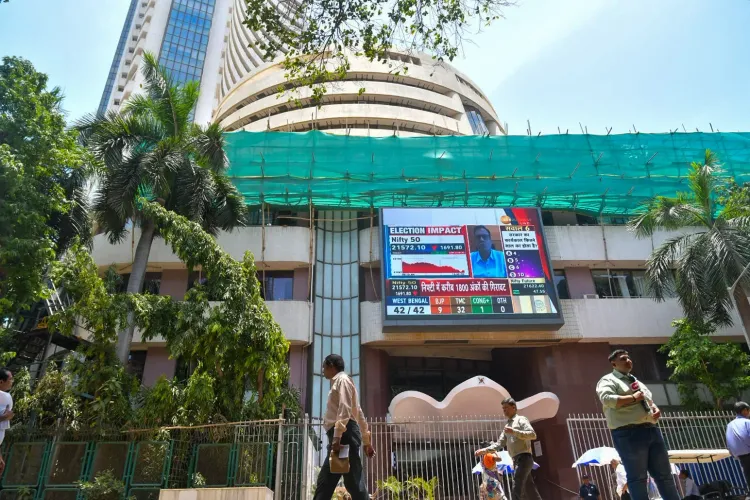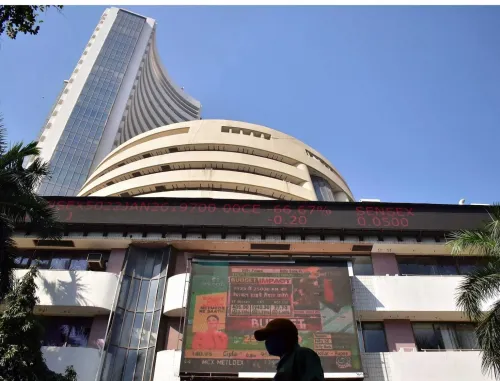Are Domestic Markets Facing Continued Correction Amid Q1 Earnings?

Synopsis
Key Takeaways
- Ongoing corrections in domestic equity markets for three consecutive weeks.
- Decline attributed to weaker Q1FY26 earnings from IT and financial sectors.
- FMCG stocks show potential for recovery amid strong growth forecasts.
- Upcoming economic indicators from the US and India could influence market dynamics.
- Watch for the implications of the US-India trade agreement.
New Delhi, July 19 (NationPress) The domestic equity markets have faced ongoing corrections for the third week straight, concluding below the significant threshold of 25,000. This decline is attributed to the overall lackluster commencement of Q1FY26 earnings, especially from the IT and financial sectors, analysts noted on Saturday.
The IT sector is experiencing strain due to lackluster performance and cautious forecasts amidst uncertainties in global demand. Meanwhile, the financial sector is also projected to deliver disappointing results owing to anticipated NIM contraction and concerns regarding asset quality.
“Conversely, FMCG stocks demonstrated strong performance, buoyed by optimistic growth predictions suggesting a potential rebound in urban consumption patterns. Enhanced earnings momentum, coupled with favorable macroeconomic factors, may lead investors to favor consumption stocks,” stated Vinod Nair, Head of Research at Geojit Investments Limited.
On Friday, Indian benchmark indices closed on a weak note, with the Nifty falling below the critical 25,000 level amid widespread selling pressure. The Sensex dropped by 501.51 points, or 0.61 percent, closing at 81,757.73, while the Nifty fell by 143.05 points, or 0.57 percent, to settle at 24,968.40.
Aside from Media and Metal, all sectoral indices finished in the red, with substantial weaknesses noted in Pharma, Private Banks, PSU Banks, FMCG, Capital Goods, Consumer Durables, and Telecom, each losing between 0.5 percent and 1 percent.
The broader market also saw profit-taking, with the Nifty Midcap and Small cap indices retreating 0.7 percent and 0.8 percent, respectively.
Bajaj Broking Research indicates that the upcoming week will present a combination of high-frequency indicators from both the US and India that will shed light on manufacturing activity, housing health, and labor market robustness.
In India, a key focus will be the S&P Global Manufacturing PMI (Preliminary) for July. The manufacturing sector has demonstrated consistent growth in recent months, and investors will be keen to identify signs of sustained momentum.
Globally, markets are closely watching the outcome of the proposed US-India mini trade agreement. A positive resolution could bolster the outlook for export-oriented sectors and enhance India’s appeal among emerging markets, experts suggest.









